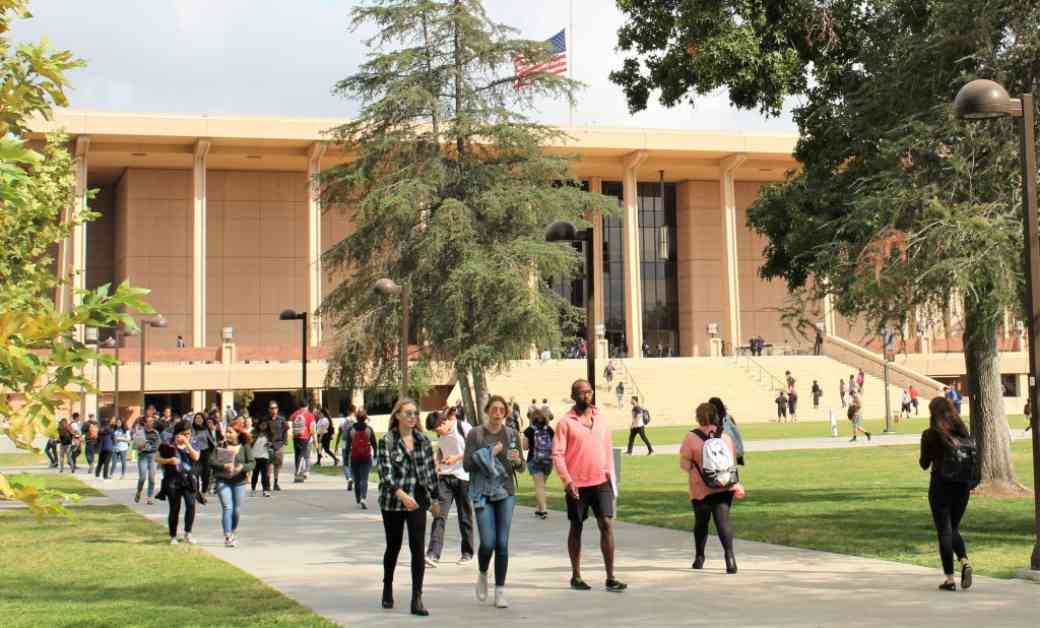California State University (CSU) has been working towards improving graduation rates as part of its Graduation Initiative 2025 effort. The latest statistics show that progress has been made in increasing the four-year graduation rate for freshmen, but there are challenges ahead. The six-year freshman rates have stalled, and four-year transfer rates have actually dropped.
During a two-day symposium on graduation goals, CSU officials highlighted the need to understand why students are dropping out or taking longer to complete their degrees. The data presented showed that while freshman four-year graduation rates increased slightly to 36% in 2024, they fell short of the system’s goal of 40% by 2025. Similarly, freshman six-year graduation rates have plateaued at around 62%, which is 8 percentage points below the system’s target.
Transfer students’ performance has been a mixed bag, with a 1 percentage point increase in the two-year graduation rate for transfers, bringing it closer to the goal of 45%. However, the four-year graduation rates for transfer students who entered CSU in 2020 dropped from 79% to 75%, falling short of the target.
While the overall graduation rates at CSU compare favorably to similar public universities, Chancellor Mildred García emphasized that there is still work to be done. She pointed out that around 25,000 students who entered CSU in 2018 did not graduate in six years, leaving them with debt and unfulfilled dreams. García stressed the importance of support services and connecting graduates with career opportunities.
The university system is also working to close equity gaps, particularly between more affluent students without Pell Grants and lower-income students. Efforts are being made to address the challenges faced by students, especially in light of the impact of the pandemic on their academic journey.
While there have been improvements in graduation rates over the past decade, there are still disparities that need to be addressed. First-year persistence rates among certain demographic groups, such as Latino, male, and first-generation students, lag behind the system average, leading to lower graduation rates in these populations.
To prevent more students from dropping out, CSU officials are focusing on understanding the reasons behind student attrition. Efforts are being made to re-engage students who have stopped out and to identify the factors contributing to their departure. Exit surveys and initiatives to welcome back students are being implemented to ensure that students are supported throughout their academic journey.
In conclusion, while progress has been made in improving graduation rates at CSU, there are still challenges to overcome. By addressing equity gaps, providing support services, and understanding the reasons behind student attrition, CSU aims to ensure that more students successfully graduate and achieve their academic goals.
